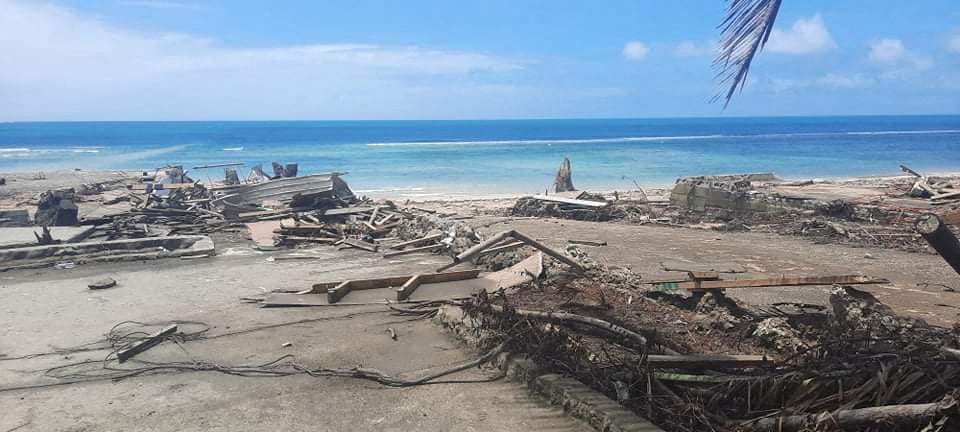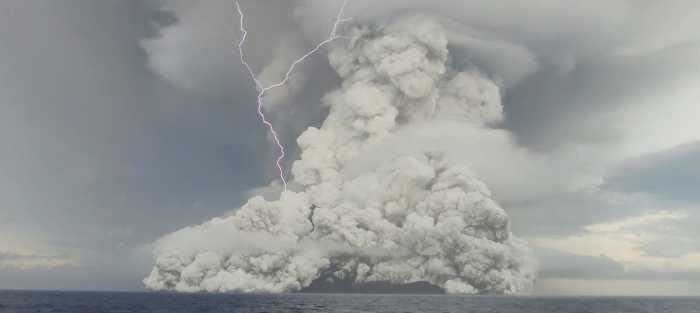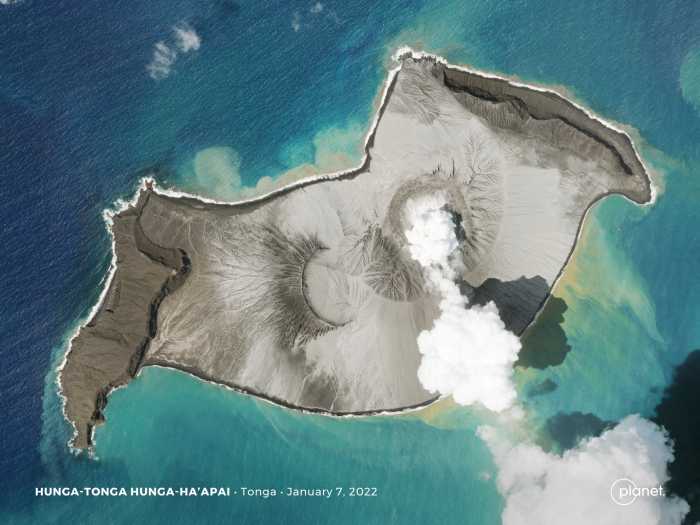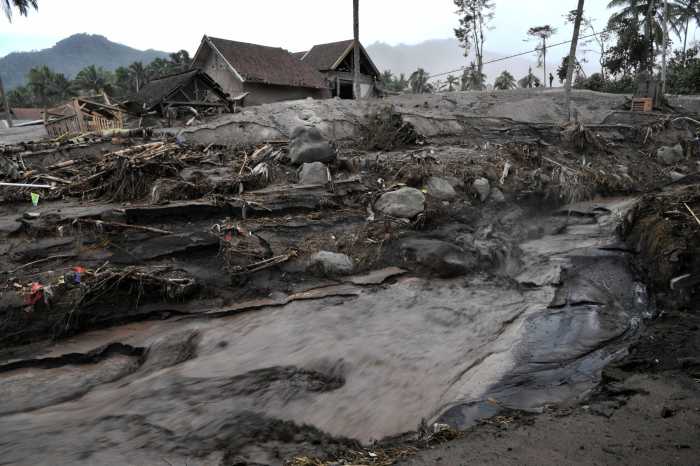By Praveen Menon, Kirsty Needham and Tom Westbrook
Two New Zealand navy vessels will arrive in Tonga on Friday carrying critical water supplies for the Pacific island nation reeling from a volcanic eruption and tsunami and largely cut off from the outside world.
At least three people were killed and hundreds of homes in Tonga’s smaller outer islands destroyed after Saturday’s huge eruption triggered tsunami waves that rolled over the islands, home to 105,000 people.
With Tonga’s airport smothered in volcanic ash and communications hampered by the severing of an undersea cable, information on the scale of devastation has come mostly from reconnaissance aircraft.
But photographs posted on social media revealed more of the devastation on Wednesday, showing coastal areas where trees and buildings had been swept away and neighborhoods covered with a thick coating of ash. People worked together to clear the debris and inspect the ruins of their homes.
The Red Cross said its teams in Tonga had confirmed that salt water from the tsunami and volcanic ash were polluting the drinking water of tens of thousands of people.
“Securing access to safe drinking water is a critical immediate priority … as there is a mounting risk of diseases such as cholera and diarrhea,” said Katie Greenwood of the International Federation of Red Cross and Red Crescent Societies.
New Zealand said Tonga, one of the few countries to be free of the new coronavirus, had agreed to receive two of its ships, the Aotearoa and the Wellington, despite concerns about importing a COVID-19 outbreak that would exacerbate its crisis.
Simon Griffiths, captain of the Aotearoa, said his ship was carrying 250,000 liters of water, along with other supplies, and had the capacity to produce another 70,000 liters a day.
The Hunga Tonga-Hunga Ha’apai volcano erupted about 40 miles from the Tongan capital with a blast heard 1,400 miles away in New Zealand, and sent tsunamis across the Pacific Ocean.
James Garvin, chief scientist at NASA’s Goddard Space Flight Center, said the force of the eruption was estimated to be the equivalent of five to 10 megatons of TNT, or more than 500 times that of the nuclear bomb the United States dropped on the Japanese city of Hiroshima at the end of World War Two.
Waves reaching up to 49 feet hit the outer Ha’apia island group, destroying all the houses on the island of Mango, as well as the west coast of Tonga’s main island, Tongatapu, where 56 houses were destroyed or seriously damaged, the prime minister’s office said.
Tongan communities abroad have already posted images from families on Facebook, giving glimpses of homes reduced to rubble, fallen trees, cracked roads and sidewalks and everything coated in grey ash.
Tonga has been largely offline since the volcano damaged its sole undersea fibre-optic communication cable. Its owner said it would probably take a month or more to fix.
Telecommunications operator Digicel said it had restored some international phone service to Tonga through a satellite link, though numerous attempts by Reuters to get through were unsuccessful.
The archipelago has 176 islands, 36 of them inhabited. Its main airport, Fua’amotu International, was not damaged by the tsunami but was covered in ash, which has had to be cleared by hand.
A Tongan official said it might be possible for aid flights from New Zealand and Australia to begin on Thursday.
































